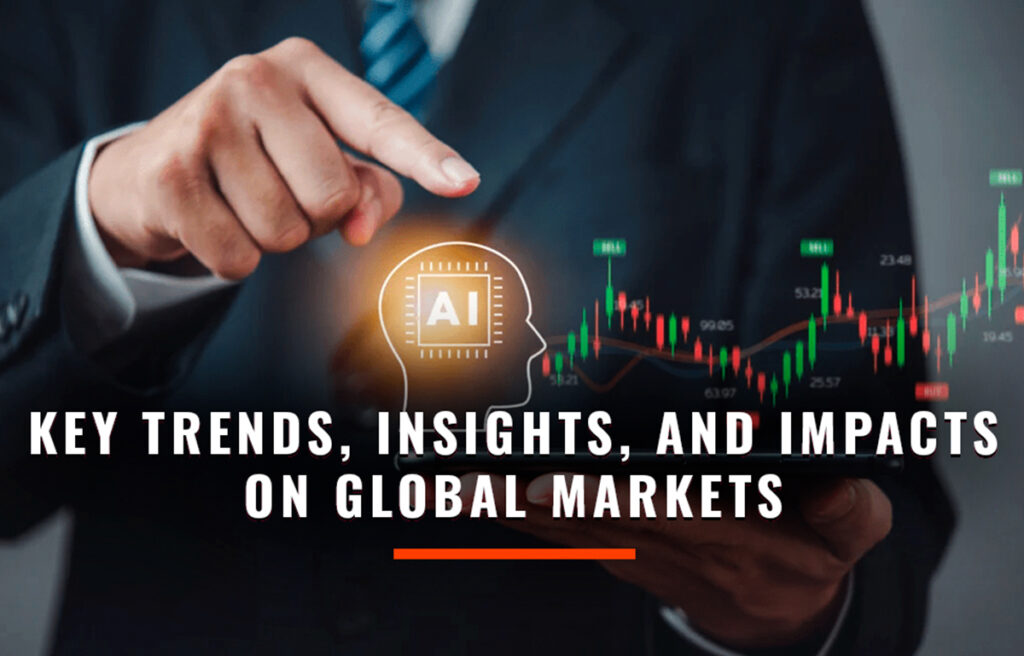Introduction
The interconnected nature of business and the economy plays a central role in shaping the trajectory of nations and global markets. In today’s fast-paced world, understanding how economic trends influence business operations is crucial for success. Businesses, whether small or multinational, are highly impacted by macroeconomic conditions, which include factors like government policies, market demand, technological advancements, and global trade.
Economic growth drives innovation, investment, and entrepreneurship, while downturns can result in job losses, decreased demand, and stalled development. Therefore, businesses must constantly assess economic shifts and adjust their strategies accordingly. This article delves into the evolving dynamics between business and the economy, exploring current trends, theories, and the ever-changing challenges faced by businesses worldwide.
1. Understanding the Business Environment
The business environment refers to all external factors that influence a company’s operations and decisions. This environment is shaped by both immediate factors within a company’s control, like suppliers and competitors, and broader forces beyond its control, such as government policies, economic conditions, and technological advancements.
Types of Business Environments
Microenvironment: This includes factors directly affecting a business, such as customers, suppliers, competitors, and market intermediaries. Understanding the microenvironment is key to a business’s ability to make decisions that enhance profitability and growth.
Macroenvironment: This refers to the larger forces affecting the entire industry or economy. These forces include political, economic, social, technological, environmental, and legal factors (PESTEL). For example, changes in government tax policies or global supply chain disruptions due to natural disasters can significantly affect business operations.
Impact of Globalization on Business
Globalization has led to a more interconnected world. Markets that were once isolated are now more accessible due to advances in communication, technology, and trade policies. Globalization offers businesses access to larger consumer bases, cheaper labor, and more diversified suppliers. However, it also brings challenges like intense competition, cultural barriers, and supply chain risks.
Opportunities:
-
Access to new markets: Businesses can expand their operations to foreign markets, increasing sales potential and tapping into emerging economies.
-
Cost reduction: Outsourcing and offshoring allow businesses to take advantage of cheaper labor and materials in developing countries.
Challenges:
-
Increased competition: Companies must innovate continuously to stay ahead of the competition in both local and international markets.
-
Supply chain vulnerabilities: Global businesses face risks like geopolitical instability, pandemics, and tariffs, which can disrupt global supply chains.
Current Economic Trends Influencing Business
Economic trends, such as inflation, rising interest rates, and shifts in consumer behavior, directly affect businesses’ strategies. For instance, during inflationary periods, consumers’ purchasing power decreases, affecting demand for non-essential goods. Conversely, low-interest rates can encourage businesses to invest and expand, while high-interest rates may cause them to hold back on new projects.
2. Economic Theories and Their Impact on Business
Understanding economic theories provides valuable insights into how markets function and helps businesses make informed decisions.
Classical Economics
Classical economics, established by Adam Smith in the 18th century, emphasizes the importance of free markets and minimal government intervention. According to classical theory, markets are self-regulating and will naturally adjust to changes in supply and demand. This theory has shaped the policies of many capitalist economies, emphasizing free trade and limited government interference.
Impact on business:
-
Businesses in classical economies operate with less regulatory oversight, leading to lower operational costs.
-
Companies can freely compete in open markets, potentially leading to increased innovation and productivity.
Keynesian Economics
Keynesian economics, developed by John Maynard Keynes during the Great Depression, stresses the importance of government intervention to stabilize the economy. Keynes argued that during economic downturns, governments should increase spending to stimulate demand and reduce unemployment.
Impact on business:
-
Government spending can lead to more consumer confidence and demand, providing businesses with more opportunities for growth.
-
Businesses may also benefit from government programs like subsidies, tax breaks, and infrastructure investments.
Supply-Side Economics
Supply-side economics focuses on policies that improve production capacity, such as tax cuts for businesses and deregulation. Proponents argue that lowering taxes on businesses increases investment and boosts economic growth.
Impact on business:
-
Lower taxes and fewer regulations create a more favorable environment for businesses to operate.
-
Companies can reinvest savings into expanding operations, hiring more employees, and increasing innovation.
Behavioral Economics
Behavioral economics examines how psychological factors affect consumer decision-making. Consumers may not always act rationally, and businesses need to account for these tendencies when designing products or marketing strategies.
Impact on business:
-
Understanding consumer behavior allows businesses to tailor their offerings and marketing messages to resonate with their target audience.
-
Businesses can use insights from behavioral economics to optimize pricing, advertising, and product design.
3. The Role of Small and Medium Enterprises (SMEs) in Economic Development
Small and medium enterprises (SMEs) are the backbone of many economies, particularly in emerging markets. These businesses create jobs, foster innovation, and contribute significantly to GDP growth.
Economic Contribution
SMEs account for a large portion of employment and output in both developed and developing countries. In countries like India, SMEs contribute up to 40% of industrial output and employ over 100 million people. Despite their importance, SMEs often face significant challenges such as access to capital, regulatory hurdles, and competition from larger firms.
Challenges for SMEs
-
Access to financing: Unlike large corporations, SMEs often struggle to secure financing from traditional banks due to perceived risks and lack of collateral.
-
Regulatory burdens: SMEs often lack the resources to comply with complex regulations, particularly in industries like healthcare, manufacturing, and finance.
SME Strategies for Growth
-
Innovation: SMEs must continually innovate to differentiate themselves from competitors and adapt to changing market conditions.
-
Digital Transformation: Embracing technology, such as e-commerce, cloud computing, and digital marketing, helps SMEs reach broader audiences and operate more efficiently.
-
Collaborations and Networking: SMEs can benefit from partnerships with larger firms, government programs, and industry associations to access resources and share knowledge.
4. The Impact of Technology on Business and the Economy
Technology has revolutionized business practices, enhancing productivity, and fostering new industries. From AI and machine learning to blockchain and the Internet of Things (IoT), technology has significantly changed the way businesses operate and engage with customers.
Automation and Artificial Intelligence
AI and automation have streamlined operations and improved efficiency across sectors like manufacturing, logistics, and customer service. Businesses that adopt AI-powered solutions can make better decisions based on data analysis and predictive modeling, allowing them to stay competitive in a rapidly changing market.
Impact on the economy:
-
AI can reduce labor costs and increase productivity, benefiting businesses and consumers alike.
-
Automation leads to job displacement in certain sectors, but it also creates new opportunities in tech-driven industries.
Blockchain Technology
Blockchain, the technology behind cryptocurrencies, is reshaping industries such as finance, healthcare, and supply chain management. Blockchain’s decentralized nature offers greater transparency, security, and efficiency in transactions.
Impact on the economy:
-
Blockchain has the potential to reduce transaction costs and fraud, promoting trust in financial systems.
-
Businesses can leverage blockchain for secure, transparent data management, creating more efficient supply chains.
5. International Trade and Business Strategies
In an increasingly globalized world, businesses must navigate international trade dynamics to grow and succeed. Trade policies, tariffs, and international partnerships shape the opportunities available for businesses.
Global Trade Trends
Trade agreements like the North American Free Trade Agreement (NAFTA) and the European Union (EU) have reduced trade barriers, making it easier for businesses to enter foreign markets. However, political changes, such as Brexit and the U.S.-China trade war, have introduced new challenges and uncertainties.
Impact of Tariffs and Trade Barriers
Tariffs and trade barriers can disrupt the flow of goods and services across borders. Businesses may need to adjust their supply chains, sourcing strategies, or product pricing in response to changes in trade policy.
6. Conclusion
The relationship between business and the economy is dynamic and continuously evolving. In today’s globalized and technology-driven world, businesses must remain agile and responsive to economic shifts. By understanding economic trends, theories, and emerging challenges, businesses can position themselves for long-term success.
To thrive in the modern business landscape, companies must focus on innovation, sustainability, and strategic partnerships. Whether operating locally or globally, businesses that are well-equipped to navigate economic fluctuations and capitalize on emerging trends will drive economic growth and development, ensuring their success in an increasingly competitive marketplace.







